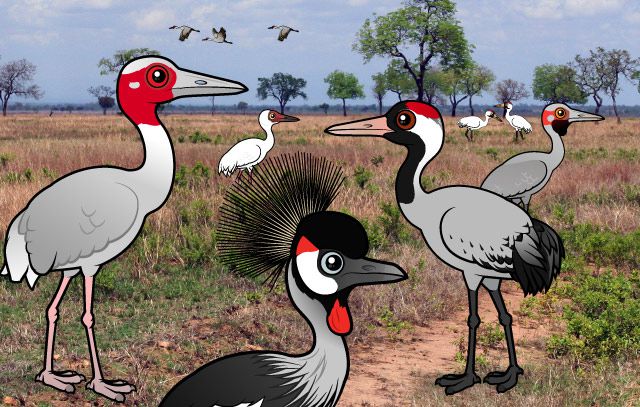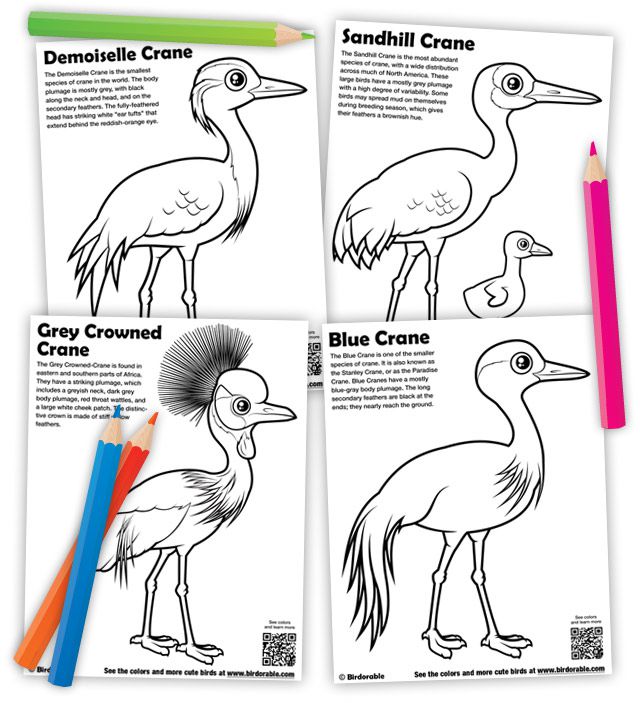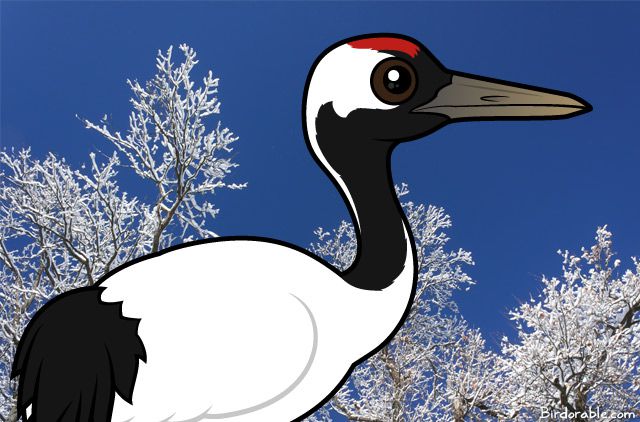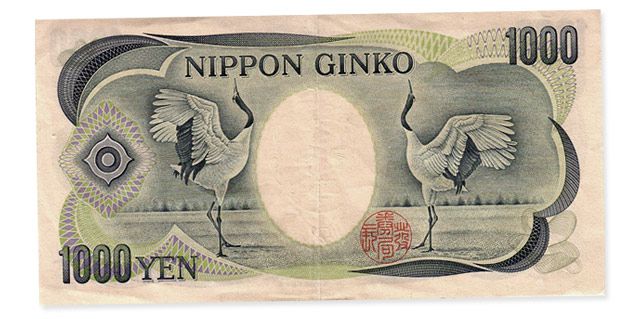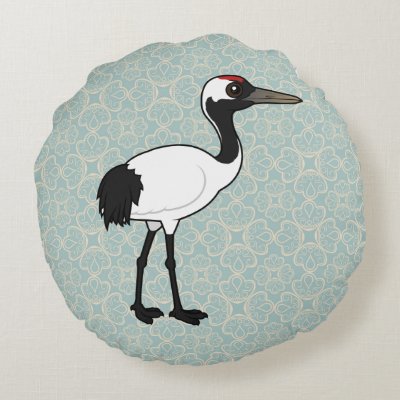What timing! In the middle of celebrating Crane Week, we have received breaking news that a new species of crane has been discovered!
Unbelievable news out of Bolivia this week as a new species of crane has been discovered breeding near the Salar de Uyuni, one of the world's largest salt flats, situated near the crest of the Andes Mountains in southwest Bolivia. The newly discovered crane is the first and only species known to live on the South American continent.
Dubbed the Painted Crane (Grus pictus) by the discoverer, ornithologist Recibido T. Pedroson, the crane is remarkable for its amazing colorful plumage. The majority of crane species have predominantly grey body plumage, but the Painted Crane does not follow this norm at all. The Painted Crane also has a fully feathered head, rare among the crane clan.
While more study is required and little is known of the species so far, Pedroson and his team were able to reveal some facts about this elusive species as they have been studying it for the last 16 months. Pairs typically raise two chicks each season. Chicks hatch out either completely black, or completely white (this seems unrelated to sex) and molt into their colorful plumage during the first 3 months of life.
Like other crane species, Painted Cranes are omnivorous. These birds have a strong preference for dragonflies, feeding on species such as Orthemis ambinigra, Erythrodiplax nigricans, Erythemis peruviana, and Diastatops intensa. Scientists theorize that the birds may achieve their colorful plumage through their diet of these colorful dragonflies.
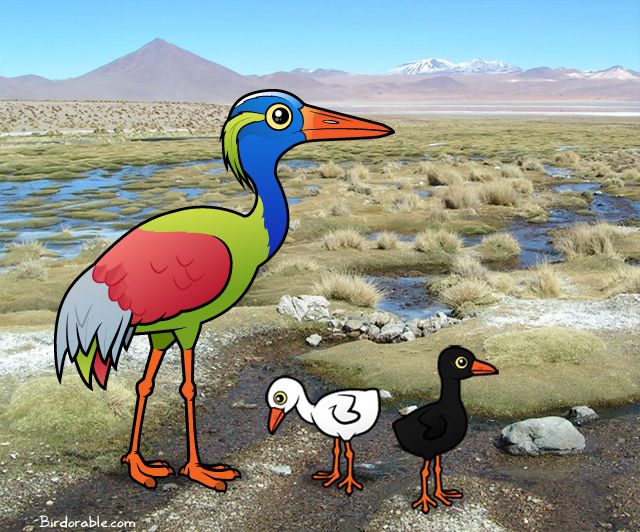
While there is some speculation as to why this large and colorful bird has gone unnoticed for so long and has only been discovered very recently, the leading theory has to do with today's date. April Fool!








